9 Tips to Get Your Car to 200,000 Miles or More
The average age of cars on the road today is higher than ever — over 11 years old, according to IHS Automotive.

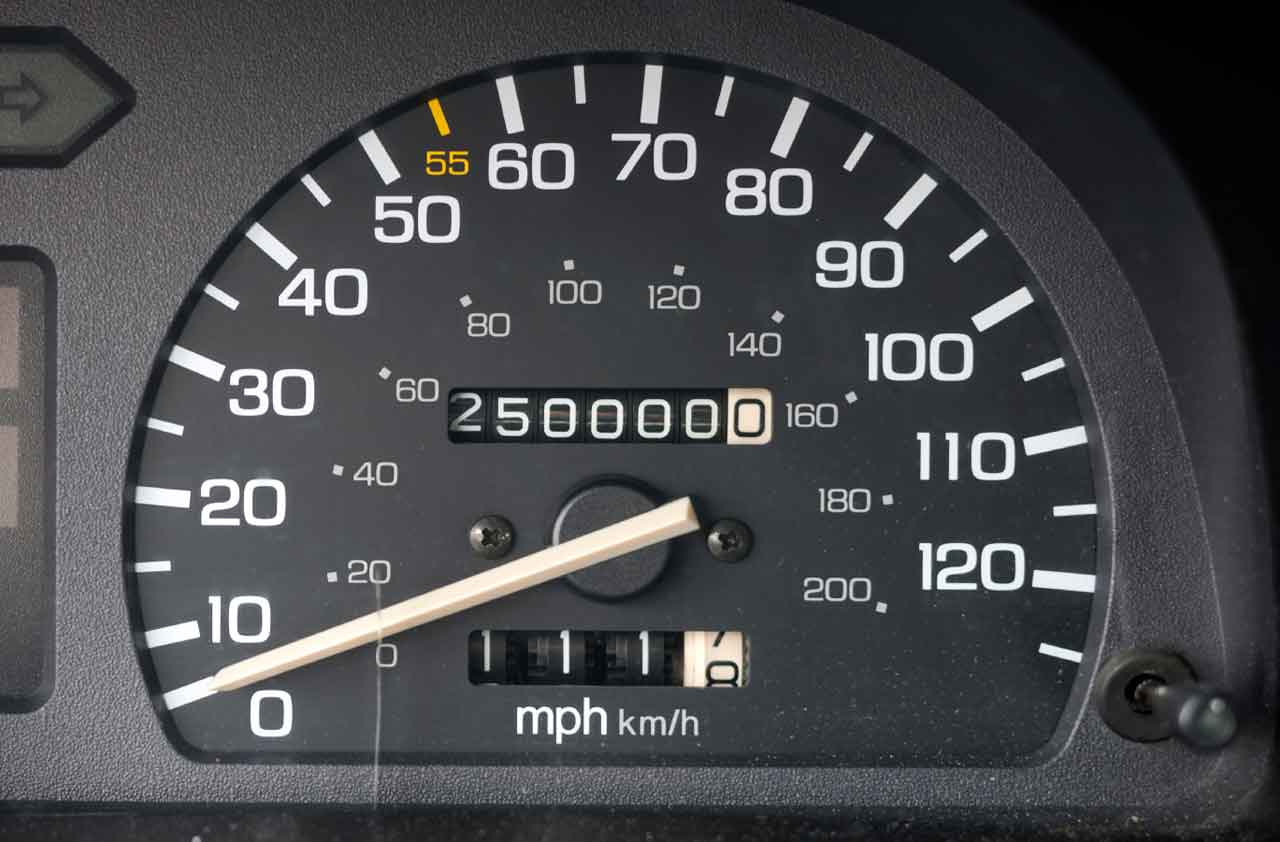
The average age of cars on the road today is higher than ever — over 11 years old, according to IHS Automotive. And with the average car adding more than 10,000 miles to the odometer each year, it’s practically a given that you’ll hit the once-notable milestone of 100,000 miles. With care (and some luck) you might even triple that without needing a big-dollar repair, such as a new engine or transmission.
But reaching those loftier targets requires some input from you, the owner. Squeezing maximum life out of your ride at minimum cost means being attentive to your car in a variety of ways. We’ve outlined nine here. Take a look.
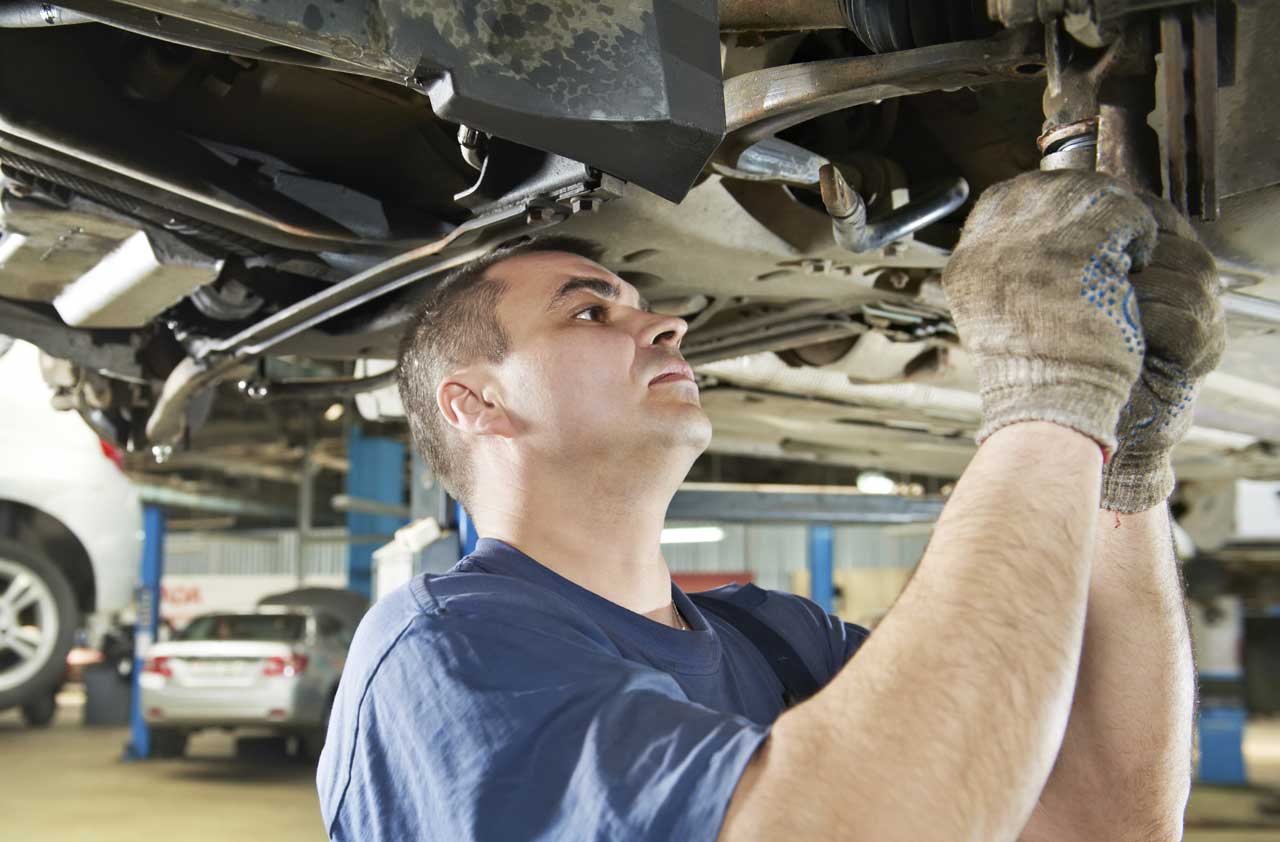
Regular Maintenance Is Crucial
There’s no getting around this one: A car that’s not regularly serviced won’t last as long as one that is. It might not even make it to 100,000 miles.
Regular maintenance is “the key to the automotive fountain of youth,” says Tom Torbjornsen, author of How to Make Your Car Last Forever.
What is regular maintenance? It’s what it says right there in the maintenance schedule of your owner’s manual, says Torbjornsen. Follow the “severe duty” schedule of more frequent servicing if your manufacturer specifies one.
But at a certain point, the manufacturer’s schedule may fail a high-mileage driver — as it sometimes lacks specifics beyond, say, 150,000 miles, other than to start over as if the car were at mile zero. “Can [manufacturers] truly believe that an engine with more than 50,000 moving parts — with 150,000 miles — is going to replicate an engine straight off the assembly line?” wonders Pam Oakes, a certified technician and author of Car Care for the Clueless. “What about a 180,000-mile engine? Would that have the same wear as an engine with 30,000 miles? I don’t think so.”
Like other experts we spoke with, Oakes recommends building your own maintenance schedule with a trusted, certified mechanic who knows you’re interested in going the distance.

Use Your Senses: Sight
If your routine is to plop into the driver’s seat in a darkened garage at one end of your trip and hustle out of the car when you reach the lot at work, it’s time to shake things up a little.
“Do a ‘preflight’ at least once a week,” says Tony Molla, vice-president of communications for the National Institute of Automotive Service Excellence (and a certified technician with years of experience). “Walk around your car. Have your kid step on the brake and see if the lights come on. By spotting a problem now, when it’s small, you might save yourself more than just a ticket.”
Lauren Fix, an automotive analyst and author of Lauren Fix's Guide to Loving Your Car, suggests looking back at where you’ve parked every time you pull away. “Just take a second to look back and see if there are any fluids left behind. If there are, next time park on some cardboard, and you’ll know where it was coming from,” says Fix.

Use Your Senses: Sound (and Touch)
Though your sight is the most important sense when driving your car, hearing may actually be the most important one to keeping it running. A car that sounds like it’s falling apart probably will soon.
What you’re listening for is anything out of the ordinary. “Any bump, squeak, knocking, ticking? Don’t turn up the radio — turn it off! At what speed does it happen? That’s a really important piece of information you can give to your mechanic,” explains Fix. “If you can guide a technician [with that information], you will save them hours of trying to track something down.”

Use Your Senses: Smell
No, really, your nose can help you head off problems that could endanger your run for 200,000+ miles. When you’re checking the oil, counsels Fix, give it a sniff. If it smells burnt, that could be a sign that your engine is running too lean (not using enough fuel). Fixing this condition could save you from a costly engine rebuild.
Smell can also come into play if your car has a dipstick to check the level of the automatic transmission fluid (not as common as it used to be). If that fluid smells burnt and nasty, it’s also a bad sign. (We’ll discuss stinky transmission fluid more later.)

Say No To Short Trips
If there’s one single thing you can do as a driver to get your car to last longer on its original parts, it’s to drive it less — specifically, on trips where the engine doesn’t have a chance to reach operating temperature.
Here’s what happens: Water is a byproduct of engine combustion, and some of it gets into your car’s oil and exhaust system every time the engine runs. Also, when your car is first started, more fuel is mixed in to get it running.
On a longer trip, your car’s engine gets hot, boiling the unburned fuel out of the oil, your engine and your exhaust — that's a good thing. But a short trip won’t do that, allowing the slurry of oil, water and fuel in your crankcase to eventually turn into a noxious sludge. So, how short is too short? It varies by temperature and how you drive, but AAA defines it as “trips of less than five miles in normal temperatures, or less than ten miles in freezing temperatures.”
Tony Molla, of the ASE, faces only a three-mile commute to work but often drives longer. “I go out of my way,” he says. “I take the long way in the winter, to make sure the engine gets up to operating temperature. That way it burns off the nasty stuff that can build up in your crankcase.”
Try to combine your short trips into a single run. And for Pete’s sake, don’t park in front of the garage and then pull the car in when you’re going to bed. That’s a short trip to the junkyard.
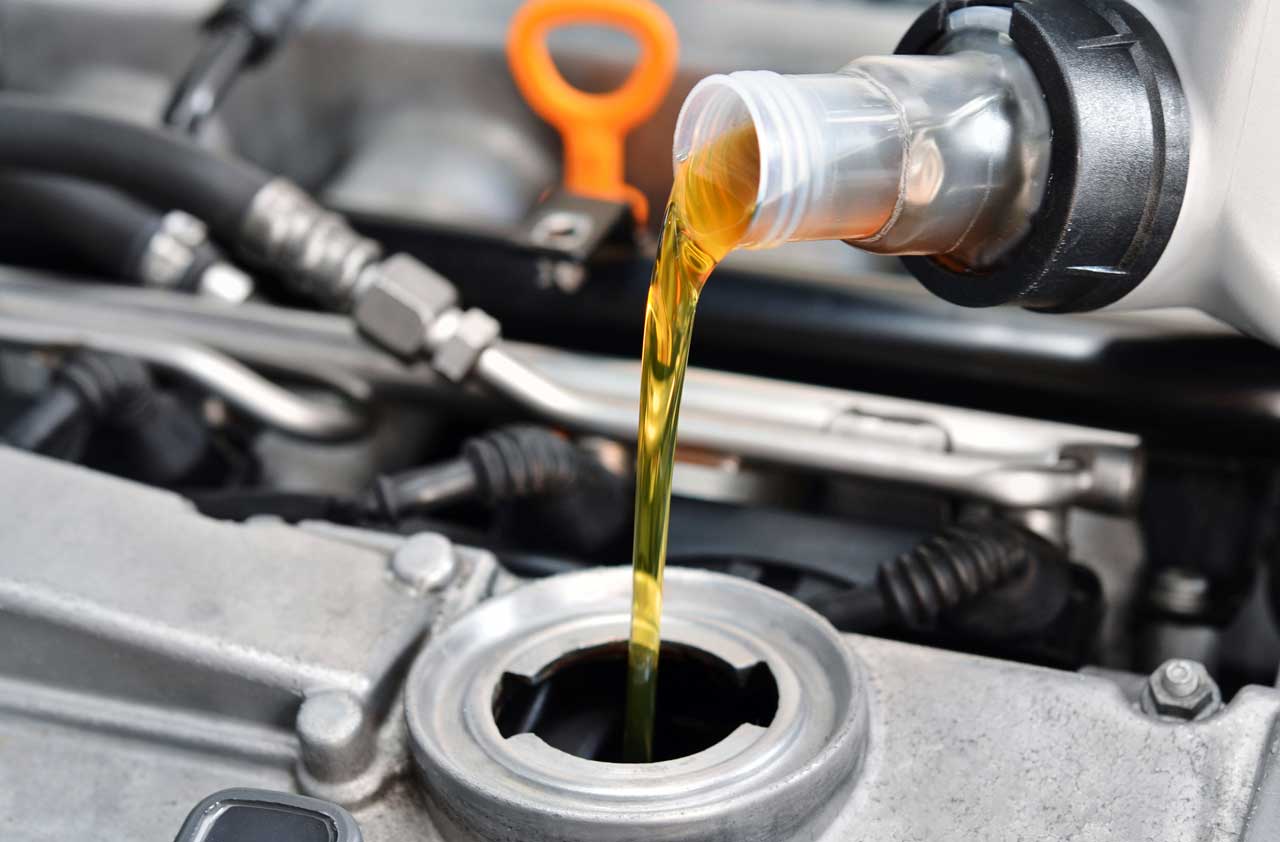
Use Synthetic Oil
Nothing gets motorheads more riled up than the question of which oil to use and how often to change it. But few will take the stand that synthetic oil isn't better than conventional stuff.
Synthetic oil is more expensive, no doubt — up to four times as much as regular. But think of it as insurance against the cost of an engine rebuild. Note that more manufacturers are specifying synthetic oil, particularly in performance models. And if your engine is turbocharged or supercharged, definitely go with synthetic to handle the higher thermal stress. All the experts we spoke to are big fans of synthetic products, not just engine oil but also other fluids in your car, such as the transmission fluid.
QUIZ: Are You Getting the Best Deal on a Used Car?
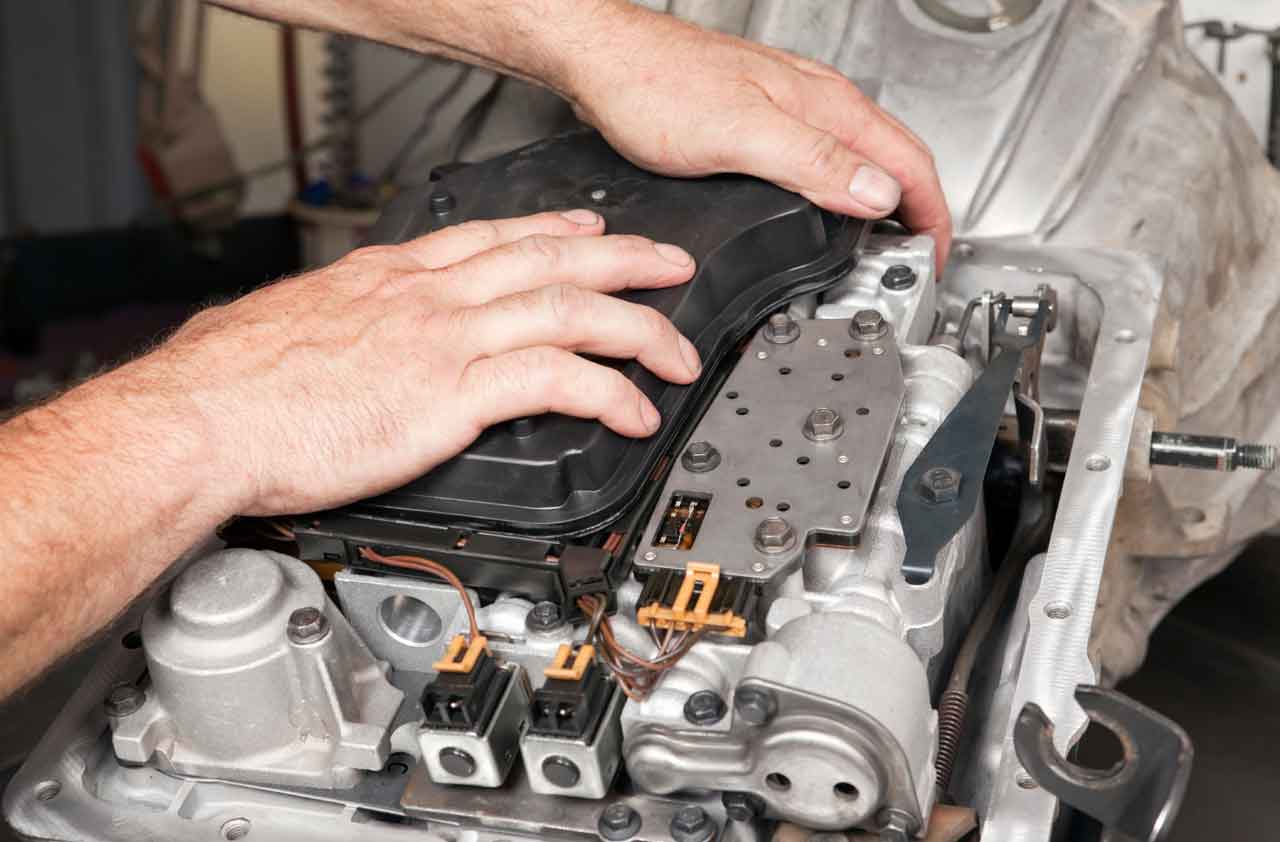
Change the Transmission Fluid
If changing the transmission fluid and filter is specified in your car’s maintenance schedule, well, then, take care of it.
But what if no replacement is specified? Increasingly, car manufacturers are either just indicating that the fluid should be checked at intervals or assuring you that the fluid is “lifetime.” To which we say, how long is a lifetime? If you’re looking for a long lifetime, plan on replacing the transmission fluid at least by 100,000 miles (and there’s no harm in doing it earlier).
Note that there’s considerable controversy about whether it makes more sense to “flush” your car’s transmission fluid or have the pan on the bottom of the transmission removed and cleaned out. Flushing allows all of of the old fluid to be removed but doesn’t do anything about the (possibly dirty) filter inside your transmission. Dropping the pan will get out any sludge that collected in it and will usually entail a new filter, but less old fluid will come out — and less fresh, new fluid will go in.
Our counsel: Never do a flush without replacing the filter first. That’s what the Automatic Transmission Rebuilders Association recommends.
And if you have stinky transmission fluid? Your transmission is already cooked and on its last legs. Flushing, warns radio host Torbjornsen, will only accelerate its demise by introducing new fluid whose detergents will dissolve whatever’s still holding together in there.
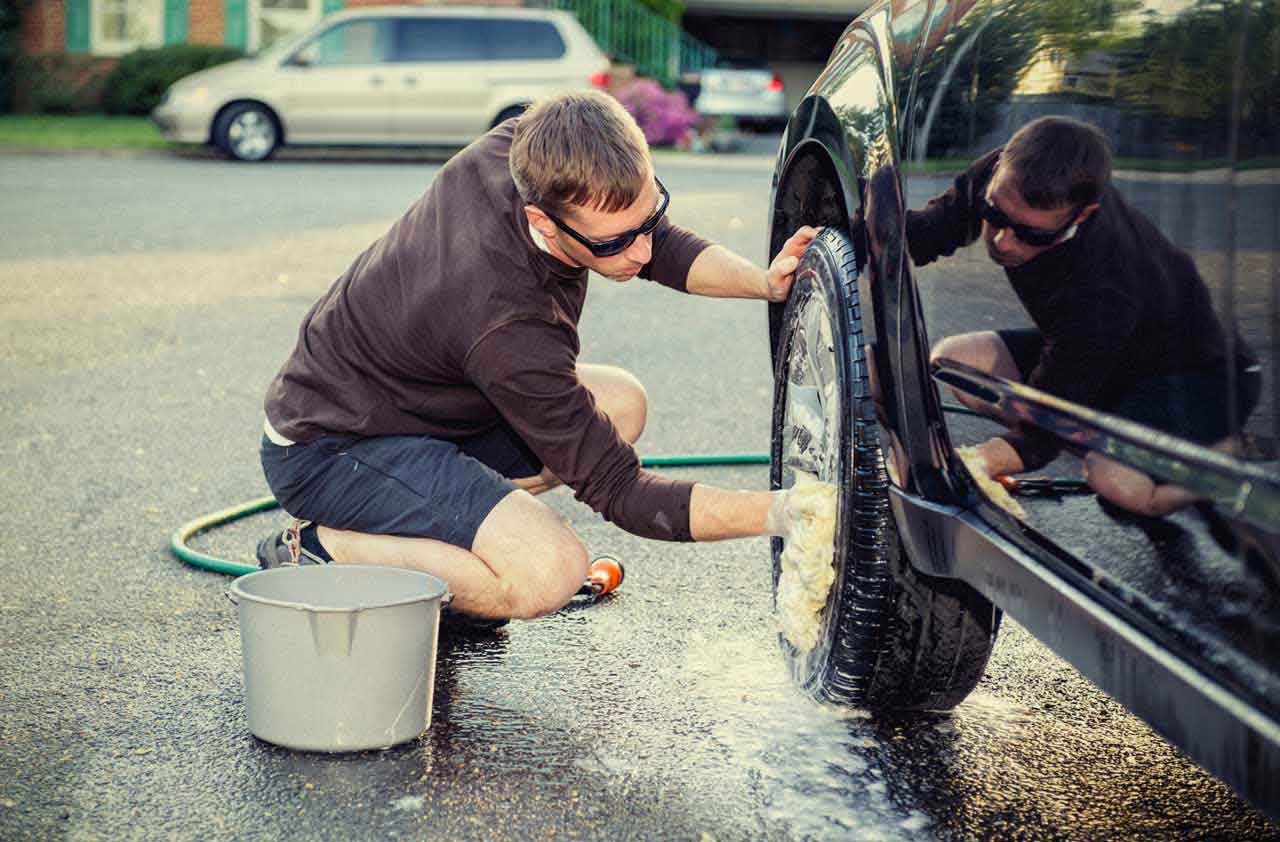
Keep Your Car Clean
Just as you keep the fluids in your car’s critical systems fresh and clean, you should keep your car’s exterior clean. Washing road salts and other environmental nasties off your paint and undercarriage at regular intervals will forestall corrosion and faded paint. If your car is going to run a long time, it ought to be nice enough to look at.
But getting up close and personal is also about looking for small problems that could lead to costlier repairs. “Wash your own car,” insists Molla. “Get down on your hands and knees. You’re going to notice things like cracked lenses, where water is going to get in and cause your expensive headlight assembly to fail.”
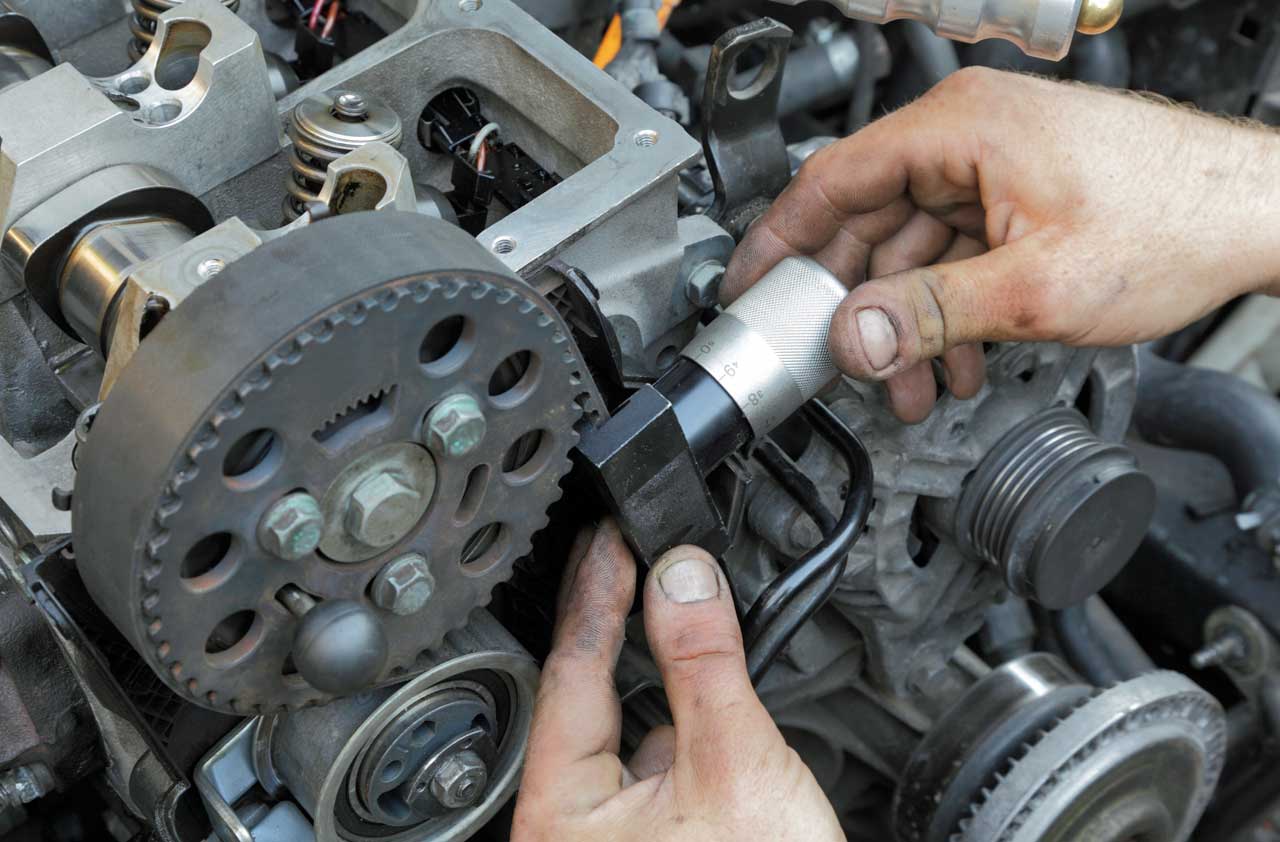
Be Prepared to Replace Bearings, Bushings and Belts
It’s a given that you’ll be replacing what are known as “wear parts”: tires, brake pads, timing and accessory belts, and shock absorbers. But as you head for the land of six-figure mileage, there are some other parts you should be looking to replace before they fail. Tackle these fixes proactively to avoid larger repair bills that might lead you to give up on a car before its time.
Lauren Fix specifically recommends looking at your suspension bearings and bushings — metal and rubber bits, often doughnut-shaped, that isolate your suspension from the rest of the car and dampen noise. If they’re allowed to deteriorate and break, “it could affect the alignment of the car, and that can affect the life of the tires and cost you money.” The regular inspections you’re having done (right?) should pick up a bushing going south, but if you’re replacing your shocks and struts, consider having all the bushings done at the same time.
The importance of replacing timing belts, which ensure that your engine’s valves open and close at precisely the right time, was also driven home by our experts. And when that belt’s being replaced, suggests Molla, go ahead and get the water pump replaced, too, even if it hasn’t failed.
On many cars, he explained, the labor cost of reaching both of these parts is high, but the parts themselves are relatively cheap, “so it’s worth it to replace them at the same time” to save on labor.
Profit and prosper with the best of Kiplinger's advice on investing, taxes, retirement, personal finance and much more. Delivered daily. Enter your email in the box and click Sign Me Up.

In his former role as Senior Online Editor, David edited and wrote a wide range of content for Kiplinger.com. With more than 20 years of experience with Kiplinger, David worked on numerous Kiplinger publications, including The Kiplinger Letter and Kiplinger’s Personal Finance magazine. He co-hosted Your Money's Worth, Kiplinger's podcast and helped develop the Economic Forecasts feature.
-
 Your Guide to Buying Art Online
Your Guide to Buying Art OnlineFrom virtual galleries to social media platforms, the internet offers plenty of places to shop for paintings, sculptures and other artwork without breaking the bank.
-
 Samsung Galaxy S25 Ultra for $4.99 a Month: A Closer Look at Verizon’s Deal
Samsung Galaxy S25 Ultra for $4.99 a Month: A Closer Look at Verizon’s DealVerizon’s aggressive pricing makes Samsung’s top-tier phone tempting, but the real cost depends on your plan and how long you stay.
-
 I'm 59 with $1.7 million saved and lost my job. Should I retire?
I'm 59 with $1.7 million saved and lost my job. Should I retire?We asked professional wealth planners for advice.
-
 10 Things You Should Know About Buying a Car Today, Even if You've Bought Before
10 Things You Should Know About Buying a Car Today, Even if You've Bought BeforeIf buying a car is on your to-do list, and it's been a while since you went shopping for a new one, this guide will help avoid any nasty shocks in the showroom.
-
 Get the Best Car Deal in Retirement: Here's the Trick
Get the Best Car Deal in Retirement: Here's the TrickPlanning on shopping for a new car this Labor Day weekend? Here’s how to haggle for a better price, even though you're retired.
-
 What to Do With Your Tax Refund: 6 Ways to Bring Growth
What to Do With Your Tax Refund: 6 Ways to Bring GrowthUse your 2024 tax refund to boost short-term or long-term financial goals by putting it in one of these six places.
-
 What Does Medicare Not Cover? Eight Things You Should Know
What Does Medicare Not Cover? Eight Things You Should KnowMedicare Part A and Part B leave gaps in your healthcare coverage. But Medicare Advantage has problems, too.
-
 15 Reasons You'll Regret an RV in Retirement
15 Reasons You'll Regret an RV in RetirementMaking Your Money Last Here's why you might regret an RV in retirement. RV-savvy retirees talk about the downsides of spending retirement in a motorhome, travel trailer, fifth wheel, or other recreational vehicle.
-
 The Six Best Places to Retire in New England
The Six Best Places to Retire in New Englandplaces to live Thinking about a move to New England for retirement? Here are the best places to land for quality of life, affordability and other criteria.
-
 The 10 Cheapest Countries to Visit
The 10 Cheapest Countries to VisitWe find the 10 cheapest countries to visit around the world. Forget inflation and set your sights on your next vacation.
-
 15 Ways to Prepare Your Home for Winter
15 Ways to Prepare Your Home for Winterhome There are many ways to prepare your home for winter, which will help keep you safe and warm and save on housing and utility costs.
